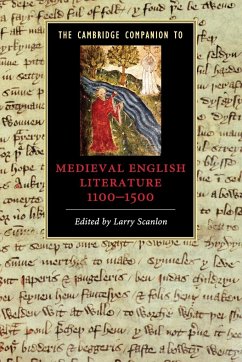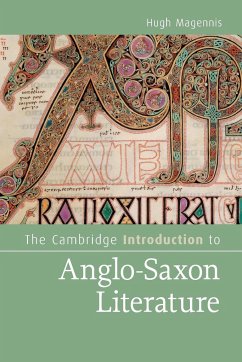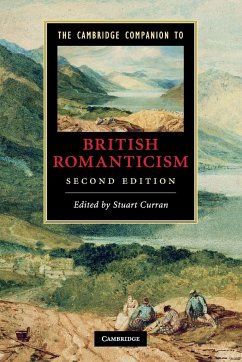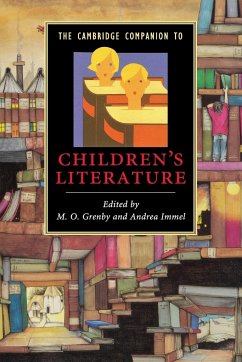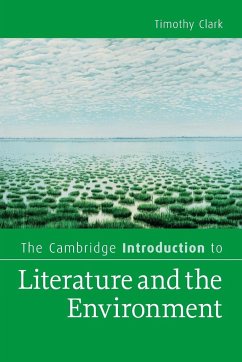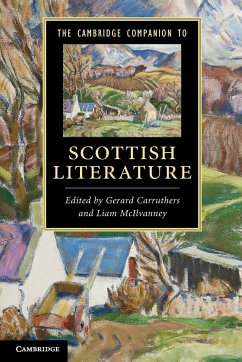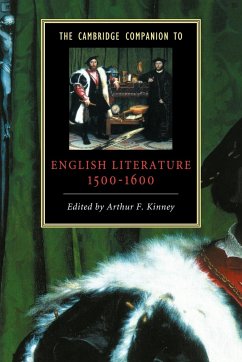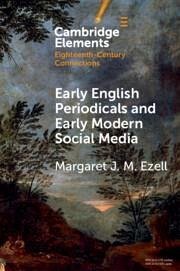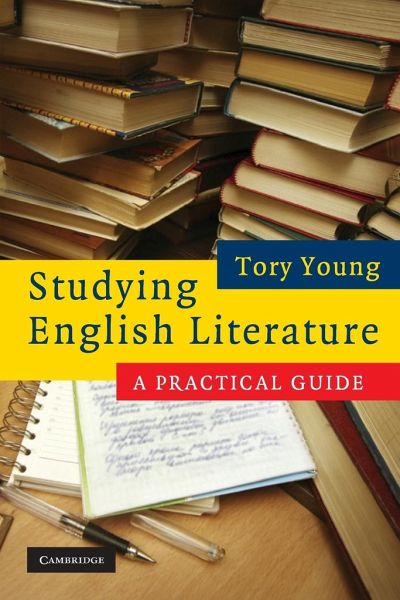
Studying English Literature
Versandkostenfrei!
Versandfertig in 1-2 Wochen
35,99 €
inkl. MwSt.

PAYBACK Punkte
18 °P sammeln!
This essential guide provides the answers every first-year English student wants to know about how to approach the subject. It explains the history of literary criticism in an easily digestible form and offers clear advice on how to read and write effectively, with many interactive features, key tips and examples.





